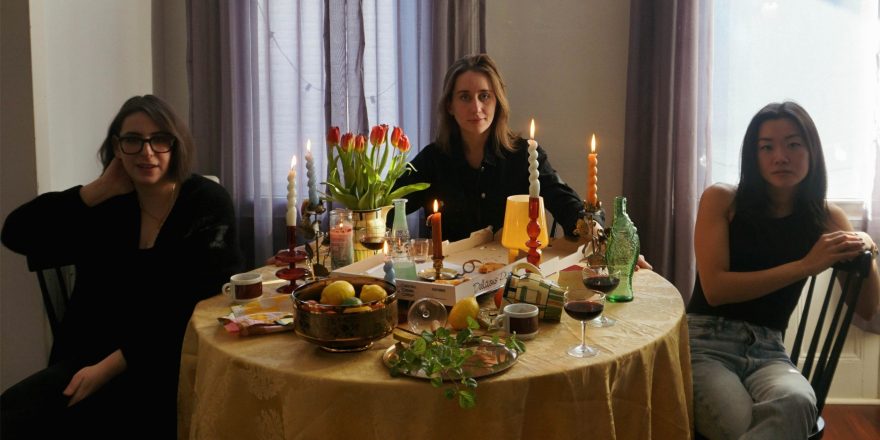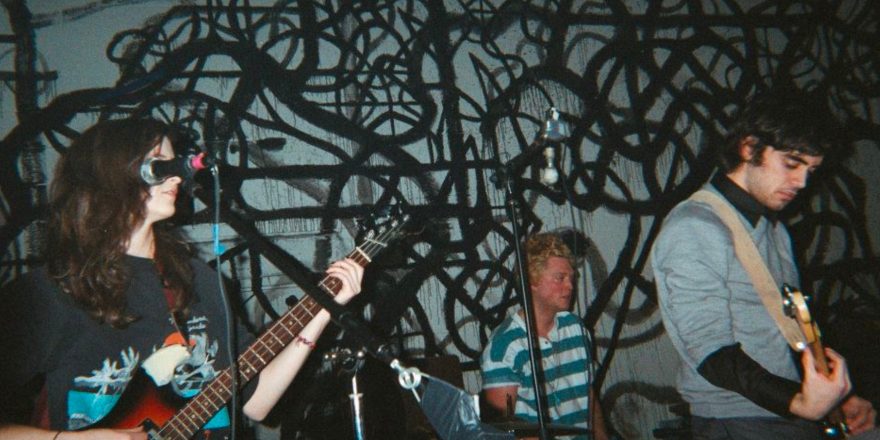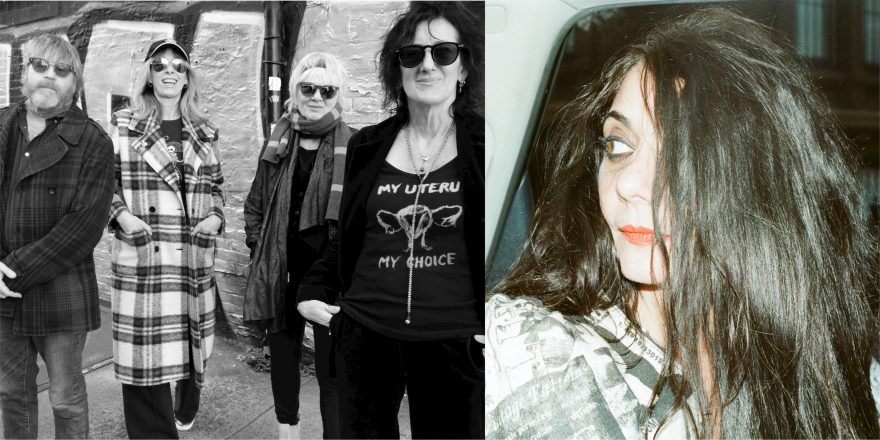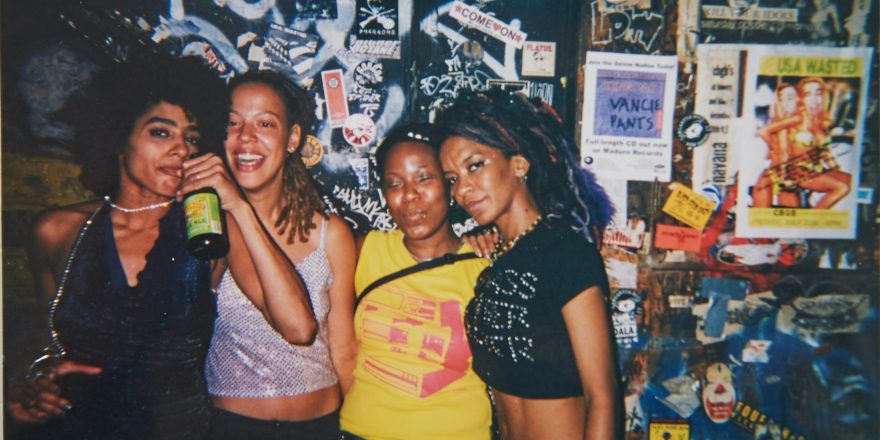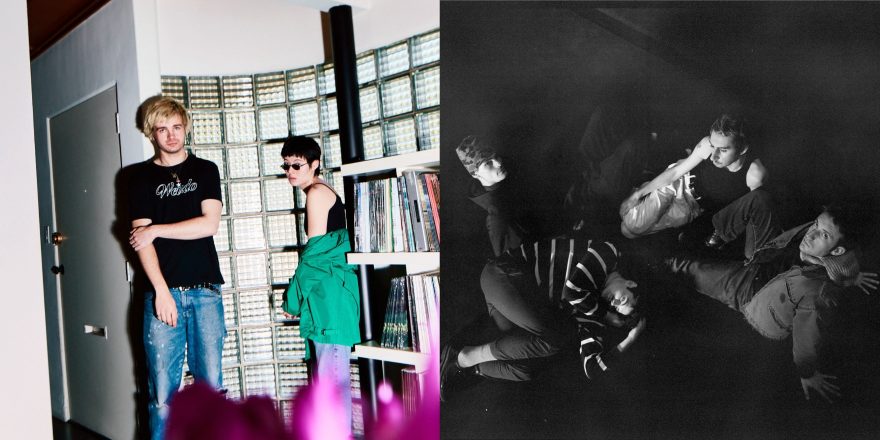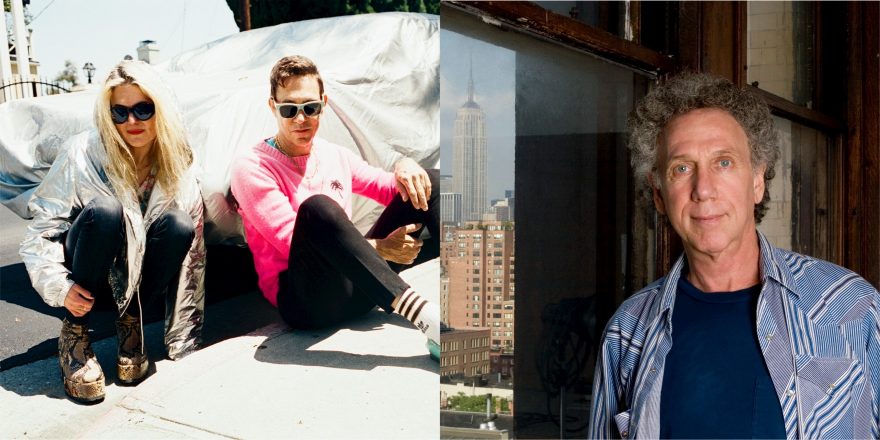I was there, but of course I can’t remember. Regardless, I know the story by heart:
Good Friday, 1989. Manhattan’s Upper East Side. Me, Loren DiBlasi, thrust into the world via emergency c-section. My mother, Carmela, 34 years old, mad and swollen with preeclampsia, declaring to the Virgin Mary that she’d happily die so that I could be born (I would inherit her flair for drama; not her sense of sacrifice). I lived — we both did — and as a result, my middle name is Maria (also my mother’s mother’s name, so that would have likely happened anyway). My first name comes from my mother’s father, Lorenzo, dead before I was born. My first ghost.
After the hospital, the first place I traveled was our family home in Ridgewood, Queens. My mom grew up there from the age of 16 on, and though she eventually moved her own family out to the suburbs, the house still belonged to my grandmother. I live there now — I have for the last decade — but I’m just one of many family members who have called it home over the years. On that Easter weekend in late March, its occupants were my maternal great-grandparents, Antonino and Pasqualina.
Of course I don’t remember, but I can easily imagine it:
Two ancient, shrunken Southern Italians, olive skin specked with liver spots from a lifetime of labor in the sun. My great-grandfather in a button-down and slacks, my great-grandmother in her long paisley house-coat. A too-small antique bed, lace-lined dresser, and walls adorned with framed portraits of saints, like the aisles of a Catholic church. Pasqualina loved to hold me on her lap. I can still smell the powder of her neck, soft as silk and crepey.
Antonino took me in his arms. “She is born, so now, I will die,” he stated in his Sicilian-Calabrian dialect. He wasn’t kidding; he was gone a few months later. His words became a prophecy that, even now, sometimes feel like a curse.
I was raised by three generations of Italian-American New York women — Carmela, Maria, and Pasqualina — that carried the ghosts of the lives they lived before me. Because of them, I’ve always been haunted.
“Sta’attento!” my grandmother would caution every morning as I left for school, which translates to, “be careful!” or “watch out!” It instilled in me a fear that, at any moment, something bad was about to happen.
I thought of death often as a child, and now as an adult, I recognize the impact of that inherent grief. I’ve learned how to keep it close, cherishing its power — not just its sorrow. It’s the lens with which I view the world, and on Collection, the second Patio album, I harnessed that power: the light, the dark, and the freedom in embracing both.
The house in Ridgewood is a major monument in Patio history. When I met LP and Alice, I was living in the basement apartment, broke, bored, and dejected from a recent heartbreak. I didn’t play bass, or any instrument, but I had nothing better to do, and so — with a lot of guidance from my bandmates — I opened a portal into the artistic unknown. Since then, I’ve experienced many creative epiphanies in the house, from the lucid dream that bred “Boy Scout,” to the break-up phone call that fueled “Split,” to the broken water glass that inspired “Vile Bodies,” all on our first record, Essentials. My creative life emerged in Ridgewood, changing me to my core — and Ridgewood has changed, too. Almost overnight, the neighborhood shifted from a sleepy immigrant community to a bustling center for venues, bars, Michelin-starred restaurants, and $9 lattes. Through it all, the house has remained the same.
In the 10 years I’ve lived here, I’ve shared it with one man. He was good at hiding, and by the time I found him, he was already gone. When I tried to expel my grief in songs for Collection, I realized it wasn’t my failed relationship that haunted me, but the house that I once pictured as ours. Through many months of isolation, I took daily walks in a nearby cemetery, mining my brain for the stories, myths, and legends I heard growing up. I revisited the literature and art history I studied in college, from Catholic saints to Greek tragedy to the Romantic poetry of Shelley and Keats. I spent a lot of time with The Sopranos, realizing how the show mirrored my own upbringing (not so much the violence, but the family dynamics — and the mortadella).
It’s a common cliche to “write what you know,” but I’ve known this house my entire life: the cracks in the ceiling I immortalized in “Routine,” the closets gathering dust in “Epiphany,” and the long, railroad rooms that created distance — both physical and emotional — in “Performance.” Somehow, the house I meant to share forever with another person started to feel like a prison — but once I was alone again, I stopped feeling lonely. The more I wrote about the shadow I had been living under, the sooner the light crept back in.
I used to imagine I’d be unhappy living in the house by myself, but I haven’t in a long time. I’m just not there anymore. Maybe I never was.
There’s a dream I remember so clearly:
Some night that never really happened. We hadn’t broken up. Sitting side by side in bed, we watched Kramer vs. Kramer (a film I’ve never seen, but obviously, a thematic home run by my subconscious).
“I can’t believe it ended so sadly,” I said to him as the credits rolled.
“I can,” he responded, for once admitting the truth.
I think of “Inheritance,” the last song on Collection, as an exorcism. There’s this primitive evil eye ritual in my family, performed with small drops of olive oil and a bowl of spinning water. “Fora malocchio intra Maria,” it concludes, and when it’s finished, you’re free from whatever curse has plagued you. I prefer to keep mine with me. In my house, the ghosts are always there.
You can find more of some of our favorite artists on the topic of NYC in the Talkhouse Reader


